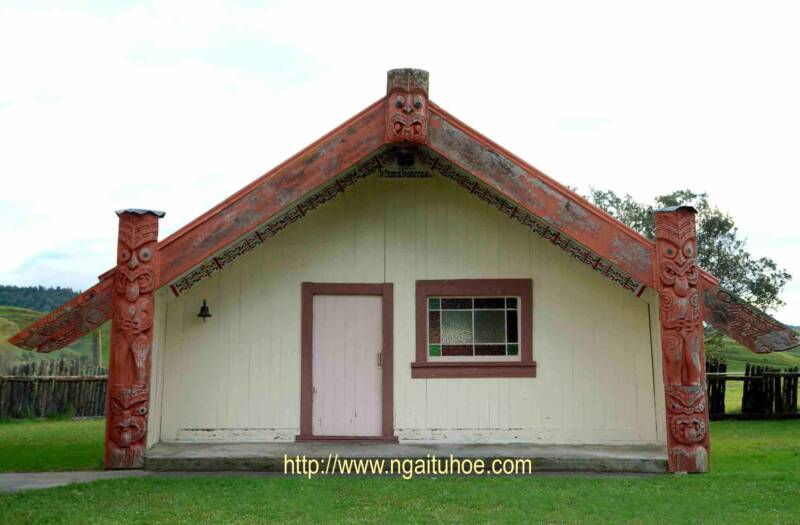

Tame Iti has had a long involvement in protest. He established a community at Maungapohatu in Te Urewera, which included a bank and a two-storeyed temple. Mr Kruger said there were never any court cases over the Crown's allegations and charges were not proven.įamous Tuhoe activists Rua Kenana claimed to be a prophet who wanted to remove the Tuhoe people from European influence. The Crown moved in on Tuhoe lands destroying cultivations, burning houses and imprisoning people suspected of insurgency and confiscated lands.

Mr Kruger says Tuhoe were wrongly implicated in the death of Rev Karl Volkner in Opotiki in the early 1860s and were punished by the Crown for supporting fugitive Te Kooti. He said Tuhoe came to the attention of the Crown in the 1860s when they fought alongside other Maori against government forces in the Waikato. With two exceptions(1) most of the valley of the Tauranga (Waimana) river was occupied in ancient times by the Hapu-oneone tribe of aboriginies, while to the south, Nga-Potiki held the Parahaki district, which is situated upon the headwaters of the Waiau stream, a tributary of the Wairoa river, which latter disembogues into Hawkes Bay. How is the iwi's relationship with the Crown? Mr Kruger describes it as "weak". Mr Kruger said it would have been a waste of time because copies of the Treaty were bought to the area in late May after Governor William Hobson declared New Zealand was a colony of Great Britain.įerdab began collecting signatures one week after this declaration and in 28 days he had collected 26 signatures from the coastal tribes of the Eastern Bay of Plenty except Tuhoe. 14, we observe the origin of Maru-iwi as given by two different authorities of Tuhoe. Trader James Ferdab, who was asked to take copies of the Treaty to the people, was told he would be wasting his time and his life could be in danger by going to the area. More than 80 per cent of all Tuhoe live outside their ancestral lands.Īre Tuhoe signatories to the Treaty of Waitangi? Tuhoe historian and lecturer Tamati Kruger said the iwi was never petitioned to sign. How many Tuhoe are there? About 45,000 in New Zealand and abroad - at least 5000 live in Australia. The tribal area also includes the Whirinaki, Minginui, Te Whaiti and Waiohau areas and Te Urewera National Park. (Tuhoe extravagant of food, resources and lives.) Where do they live? The tribal boundaries extend from Taneatua north towards Whakatane across to Kutarere down to Maungapohatu and Waikaremoana.

Tuhoe moumou kai, moumou taonga, moumou tangata ki te po. He was embroiled in political struggles and fought several battles throughout his lifetime.Ī whakatauki or proverb which summed up the destruction in his lifetime was uttered when Tuhoe decided to retire. Tuhoe Potiki is the eponymous ancestor of the tribe. The descendants of the Mataatua waka cohabited with these peoples upon their arrival around 1300. They lived in Te Urewera before the arrival of the great Maori migration from Hawaiki. The purpose of this paper is to raise awareness of the value of these plans for researchers, particularly when developing a research project and to provide a starting point for engagement opportunities and activities with Māori.The Tuhoe iwi descend from two groups known as Nga Potiki and Hapu Oneone.

Despite their usefulness, our research found that only 22% of natural hazard researchers surveyed used them in their research process. Many of these plans outline the issues, challenges and resource priorities that an iwi or hapū may have, as well providing historical context for their knowledge and experiences. Iwi and hapū management plans are a valuable resource for researchers to use as a starting point when planning projects, particularly with regard to Vision Mātauranga opportunities. confusion amongst many researchers on where to begin when considering the Vision Mātauranga component of their research. The Ministry of Business, Innovation and Employment (MBIE) Vision Mātauranga policy has created a clear message for researchers in Aotearoa/New Zealand – that research conducted in Aotearoa New Zealand should recognise and support the ‘unlocking of the innovative potential of Māori for the benefit of all New Zealand’ and be designed with a clear engagement pathway.


 0 kommentar(er)
0 kommentar(er)
